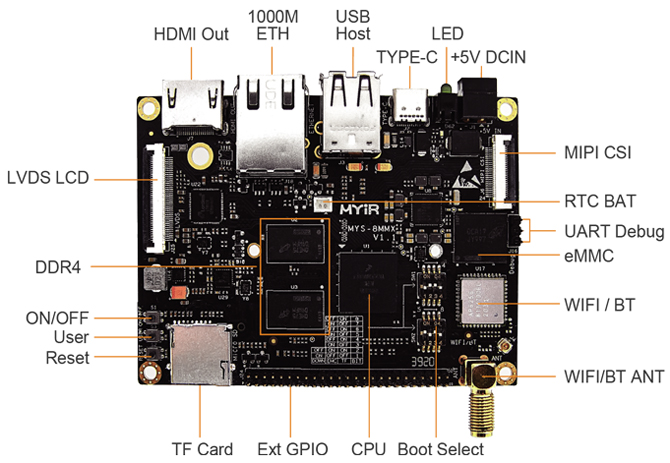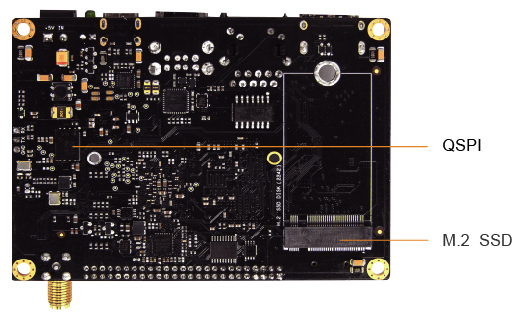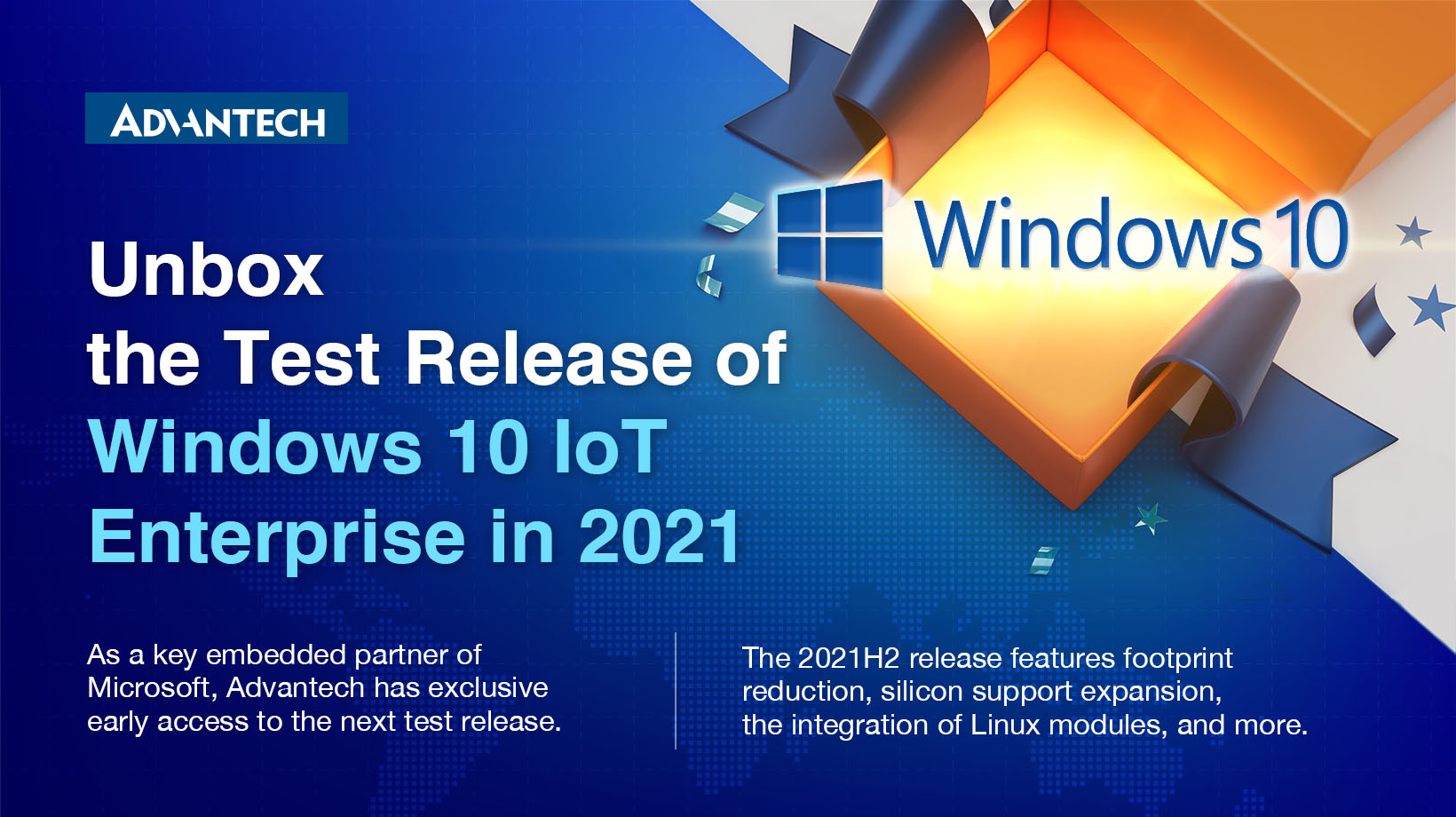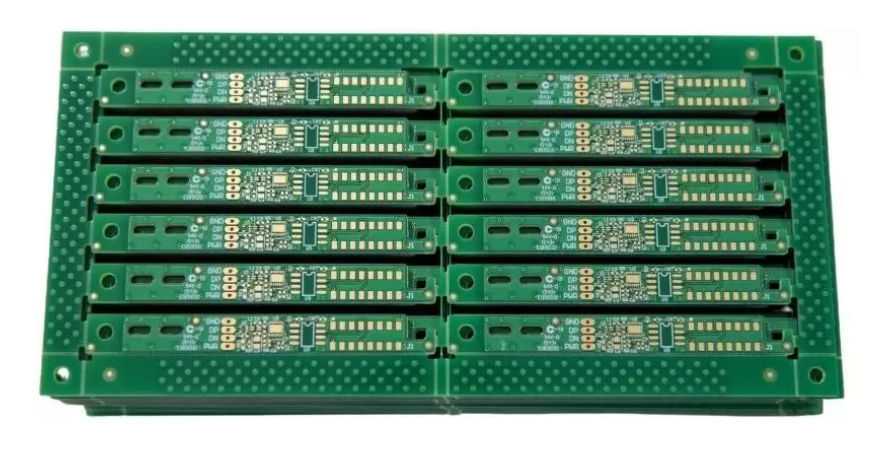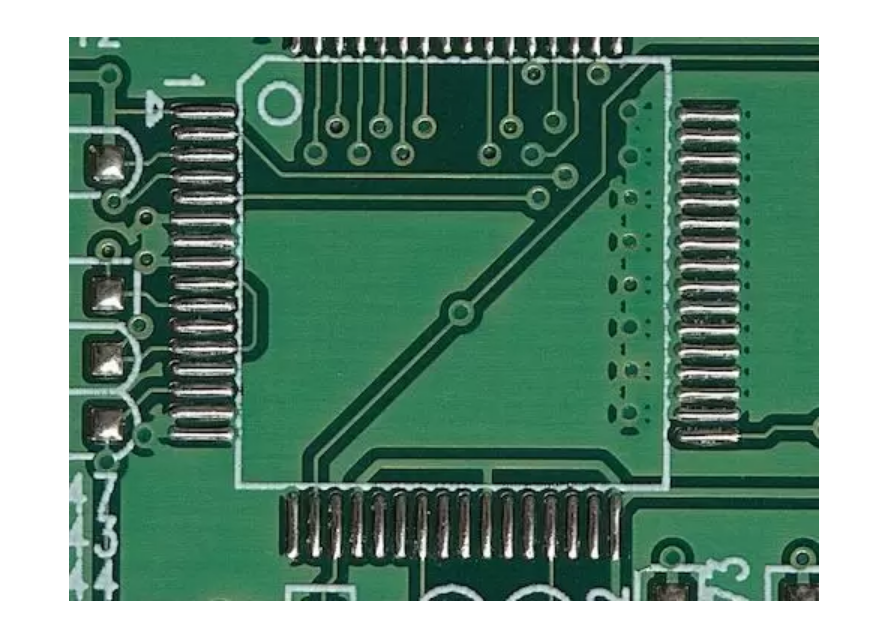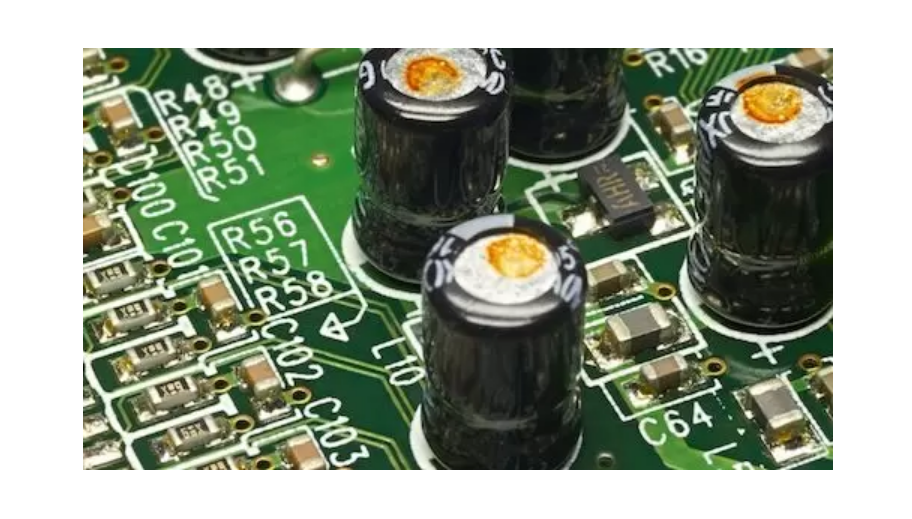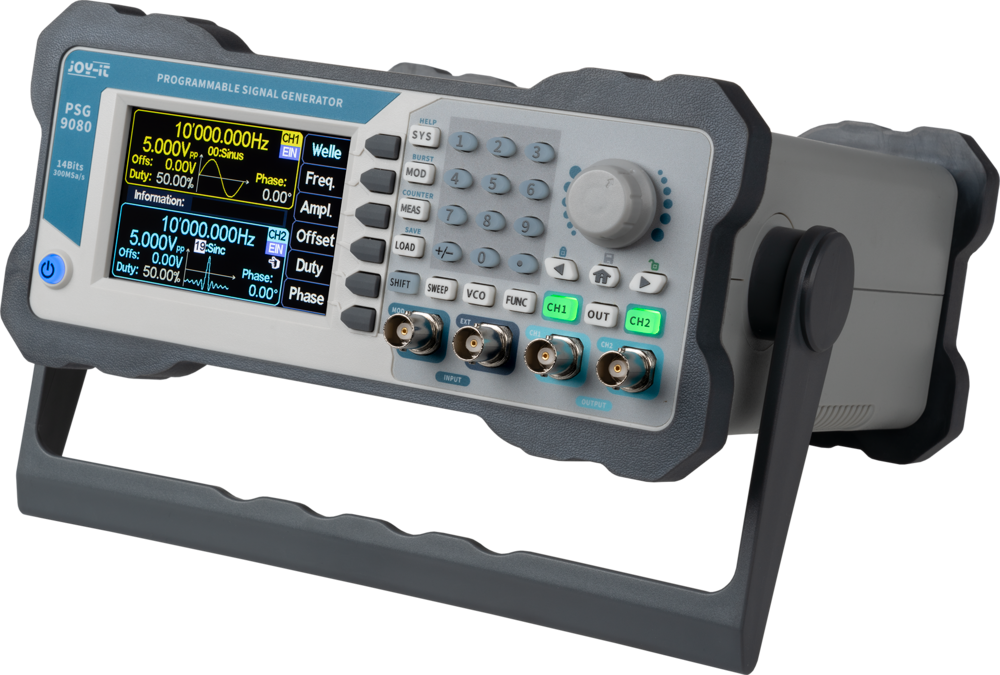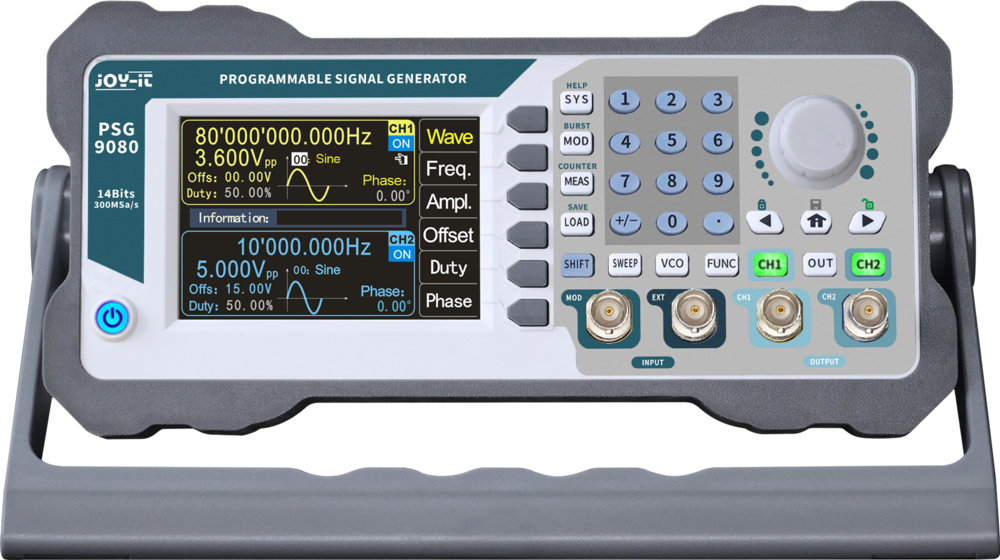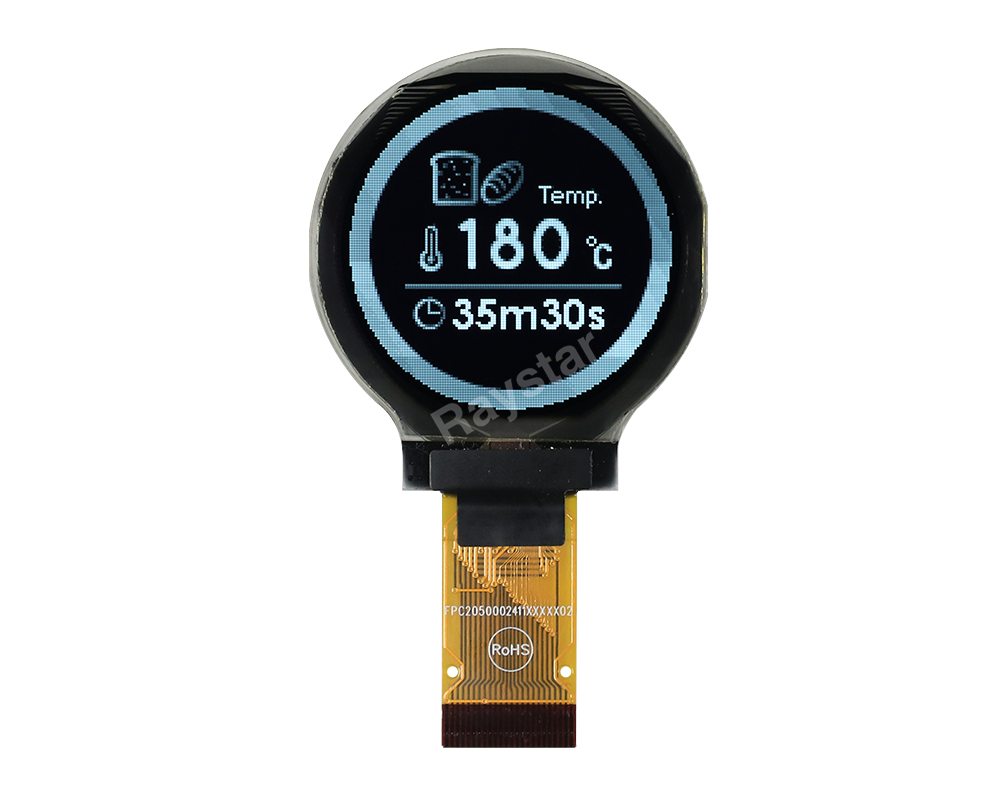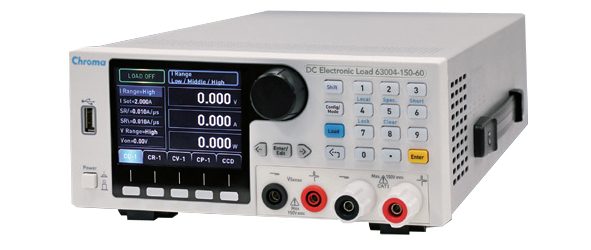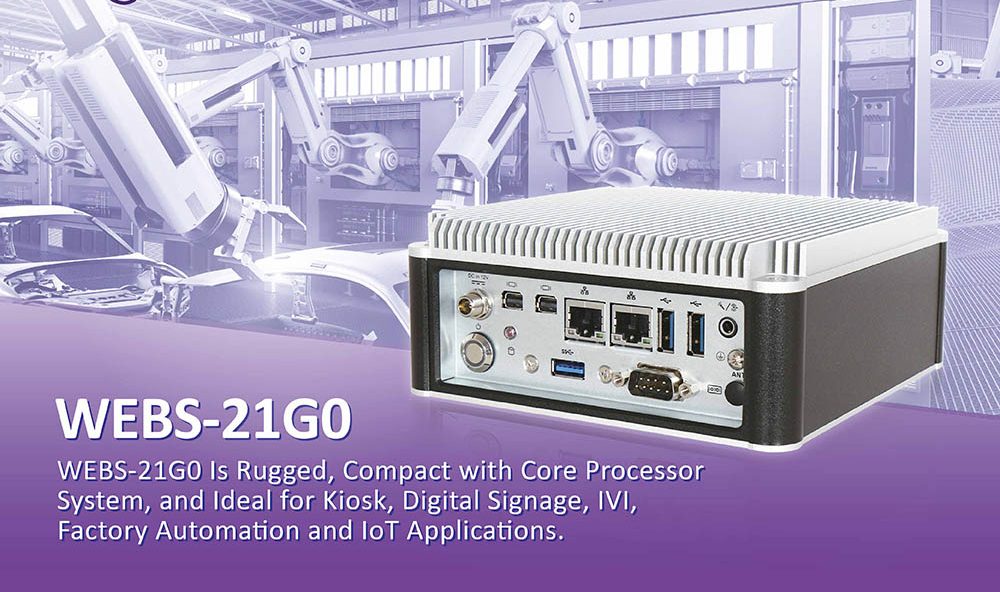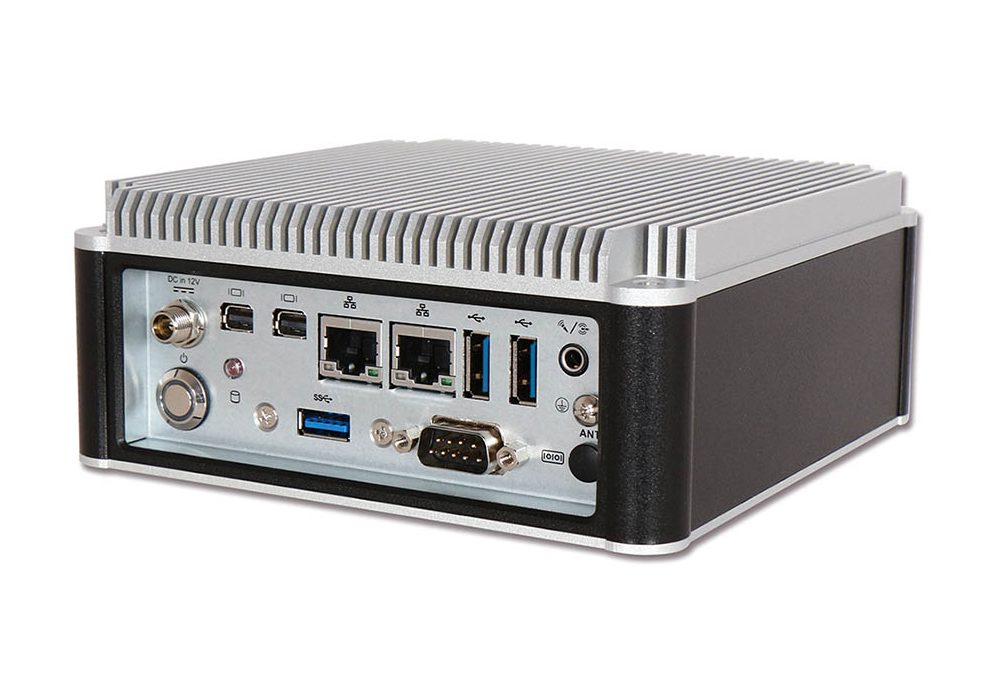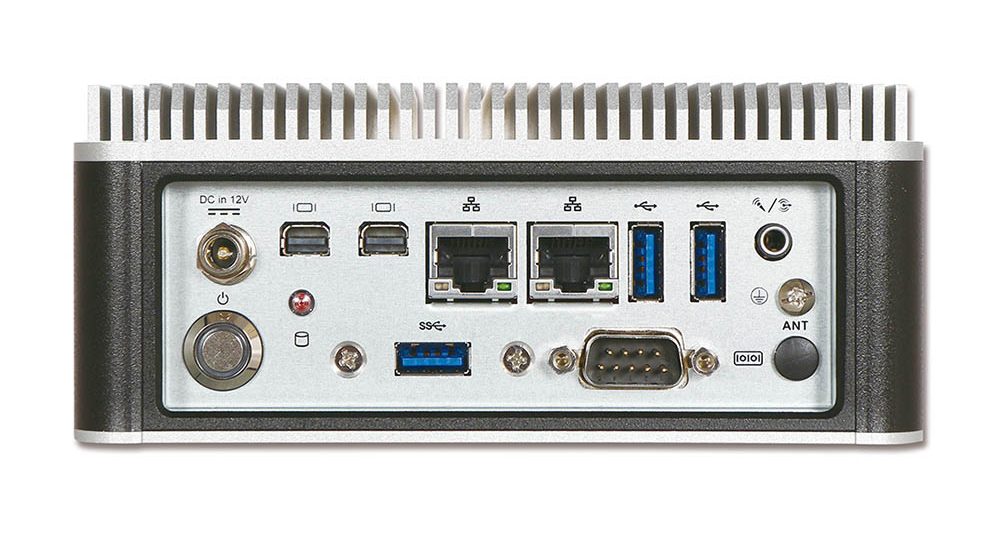Axiomtek – a world-renowned leader relentlessly devoted in the research, development and manufacture of series of innovative and reliable industrial computer products of high efficiency – is pleased to introduce the DSP500, a 4K digital signage player powered by the 9th/8th gen Intel® Core™ i7/i5/i3 or Pentium® processors. With the support of the Intel® Movidius™ Myriad X VPU and Intel® Distribution of OpenVINO™ toolkit, this advanced digital signage player meets the diverse needs of computer vision and AI workloads. In addition, the DSP500 features EDID function and three HDMI 2.0 ports that can easily support diverse advertising content in retail areas. The low-power DSP500 is ideal for multi-display applications, such as video walls, digital menu boards, digital directory boards, and self-service kiosks.
To remain competitive in the market, the versatile and immersive in-store experiences become an indispensable part for retailers. The advanced DSP500 is able to deliver stunningly rich and captivating visuals for enhancing the shopping experience. This latest 4K digital signage player is highly expandable via an internal M.2 interface for integrating the Intel® Movidius™ Myriad X VPU and Intel® Distribution of OpenVINO™ toolkit to develop a real-time promotion system. With the analysis of the gender and age of shoppers as well as using eye tracking to analyze campaigns, the retailers can optimize their overall marketing strategy,” said Yifei Wang, a product manager of the Product PM Division at Axiomtek. “Besides, this signage player supports Axiomtek’s exclusive Intelligent Remote Device Management (RDM) software, which provides a highly efficient and cost-effective solution with comprehensive remote management capabilities.
The DSP500 has two DDR4-2400 SO-DIMM slots for up to 32GB of system memory. It also comes with one M.2 Key M 2280 for SATA and NVMe storage. To meet the requirement of diverse applications, the outstanding media player has a rich I/O connectivity design with four USB 3.1 ports, one Gigabit Ethernet ports, one device management port, one RS-232, one Line-out, one SIM card slot, and four antenna openings. Other features include one power switch, one remote switch, one Clear EDID, and one VDC power input connector. It also has one M.2 Key E 2230 slot and one M.2 Key B for Wi-Fi, Bluetooth, or 4G LTE. The system supports 0°C to 45°C temperatures. This compact system runs on Windows® 10 and Linux. It has been certified with CE and FCC Class A.
Advanced Features:
- 9th/8th gen Intel® Core™ i7/i5/i3 & Pentium® processor (Coffee Lake)
- 2 DDR4-2400 SO-DIMM for up to 32GB of memory
- 3 HDMI 2.0 ports with 4K resolution
- 4 USB 3.1 and 1 GbE LAN ports
- 1 M.2 Key E 2230 for Wi-Fi/BT
- 1 M.2 Key B 3042 for 4G LTE
- 1 M.2 Key M 2280 for storage
- Supports camera and multiple display output
- Supports Intelligent Remote Device Management (RDM) software
The DSP500 is now available for purchase. For more product information or pricing, please visit our global website at www.axiomtek.com or contact one of our sales representatives at info@axiomtek.com.tw.


